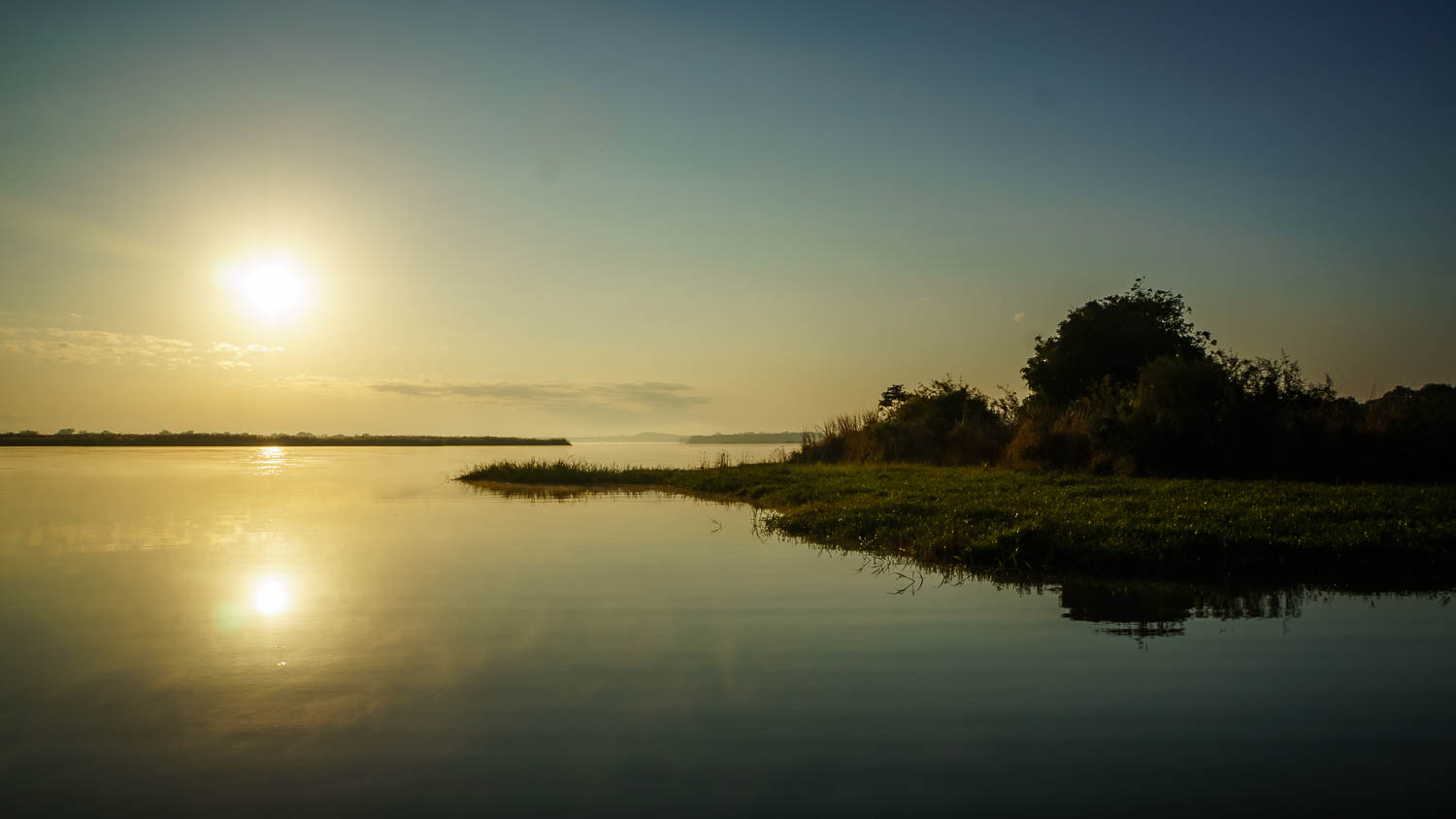Normally I photograph alone but recently people have asked me how I get my particular style of landscapes, apart from living in a tremendously scenic country New Zealand. In the last year I have had the opportunity to shoot with many very talented photographers and have now distilled a process that I use consistently and works for me.
When shooting landscape I will scout the location first , the middle of the day is a good time for for this as you need strong light to check for dangers also I want to be able to cover a lot of ground quickly to try different angles and locations.
Normally I will just take photos with my smart phone as i can move fast and it gives me an idea of possible compositions. I use this time to look at where the sun will be rising and setting and also if it looks as though it could be a clear night I check one of my Astro phone apps to see moonrise and moonset times.
Note if taking shots very close to the water with waves involved I will also check tides, and if it is a rough location will also visit at high and low tide so I know the currents and just how far the water moves in and out. Shooting close to the ocean on an incoming tide when there are strong waves can be extremely dangerous and having a good understanding of the location is critical for your own and your gear's safety.
Using this information and also the latest weather forecast I then decide whether the shoot will be sunrise, sunset or nighttime or maybe at incredible locations like the Little Church Lake Tekapo NZ all three. ( not much sleep)
Once I decide when I am going to shoot I make sure I arrive on location one hour before the likely decisive moment eg sunrise, select my location, this may change from the planned location as light or weather influence this, setup my camera to Aperture Priority, lock it onto and tripod and wait.
Whilst waiting I take test shots checking ISO, Focus and Shutter Speed understanding that it will be constantly changing as the sky lightens or darkens. This ensures my camera settings get closer and closer to the settings needed at time of the decisive moment.
With my second camera I move around take handheld shots testing different compositions. This ensures I don't get stuck as is easy to do once your camera is on a tripod
I select my composition by breaking the scene into 3 layers
background
middleground
foreground
and the one main subject (in this case the lighthouse)
and then look for compositional elements like circles, triangles , repeating patterns etc
When I am structuring my shot in camera this is my normal sequence.
1) compose the background layer first
2) Choose what is above and below the horizon line.
3) micro compose to ensure separation of foreground, middle-ground and background.
4) only focus on one element for the decisive moment of taking the photo (in this case the sun rising
In this particular photo I arrived before dawn, the sea was surprisingly calm and so I decided to use a 5 stop ND filter to help accentuate that smoothness.
I knew from my sunrise app where the sun would be rising so set my composition, set my focus and aperture and waited.
Waited for the decisive moment (the sun touching the horizon line), with landscapes this is normally when the light is right. e.g creating strong tonal contrast in the scene.
Shot Location: Nugget Point Lighthouse, Catlins South Island New Zealand
The shot is a single exposure taken on a Sony 6000, 10-14m wideangle set to F11 , Exposure 4 seconds processed in Adobe Lightroom.

